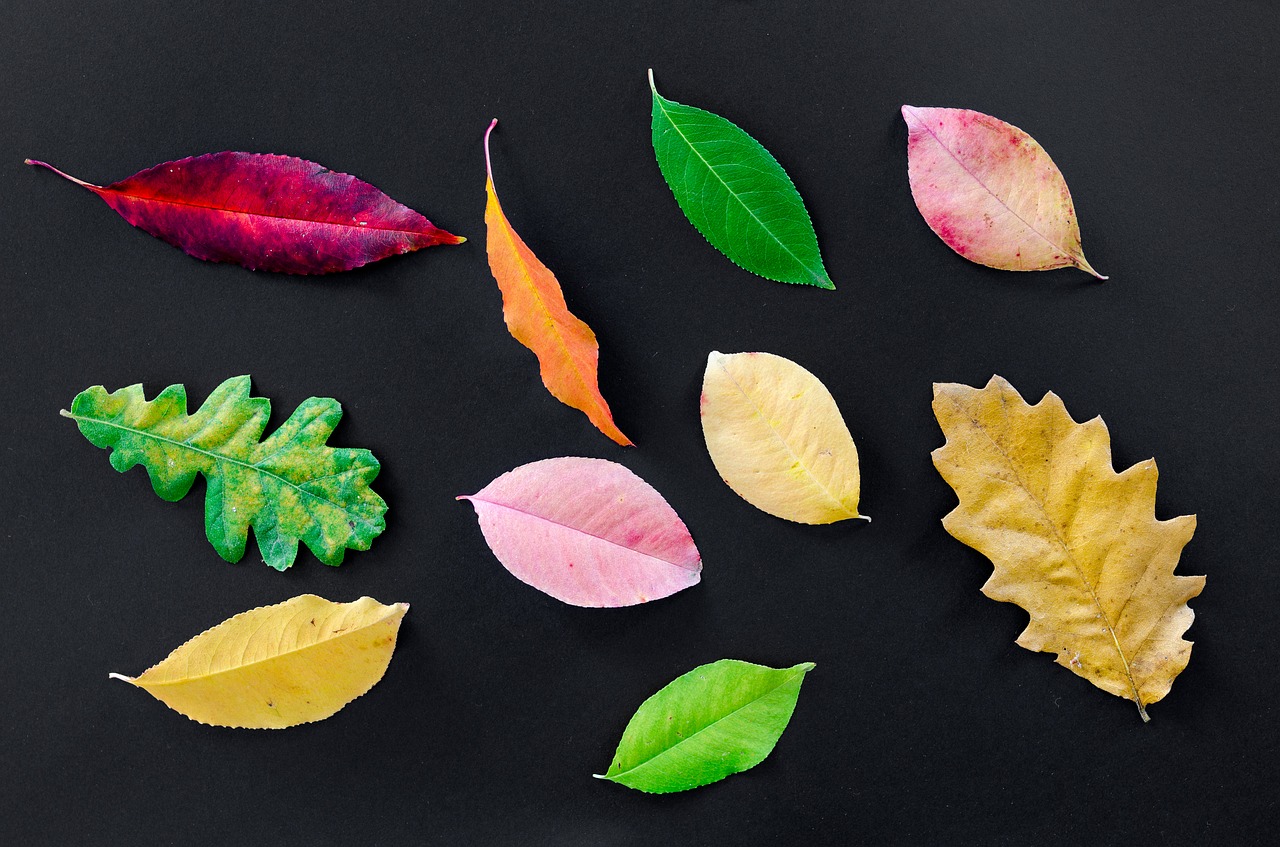Science Bites - How do plants decide on the pattern of a new leaf?
The plant kingdom is rich in color, scent and design. We are surrounded by the diversity that stimulates all our senses. But how does a plant create the pattern of a new leaf? This was a question that Professor Maria Timmermans, Tubingen's center for Plant Molecular Biology in New York asked herself.
Science tells us that when a multicellular organism is developing each cell is to know it's place in relation to other cells. This suggests that cells communicate between each other and thus create patterns that form the basis of tissue types. Much research investigating these mechanisms has been carried out in animals but it is not very well understood in plants. Professor Maria Timmermans set out to change that.
What her research found is that cell to cell communication in plants during patterning was carried out by what are called small RNA's. They are thought to provide a mechanism for transmitting positioning information and have been implicated in plant defense against herbivores and/or pathogens. Small RNAs are short molecule chains which match sections of genetic information in DNA or RNA. They attach to what are known as regulatory sections and are able to prevent genes from being read. Small RNA's are thus thought to regulate protein production and developmental mechanisms in cells.
Timmermans used a model plant (rock cress) and introduced artificial small RNAs in her research. What she found was that the RNAs were able to produce stable patterns using a concentration gradient. This new understanding brings to light the complex mechanisms at the cellular level of plants that decide the patterning of leaves in time space.
References:
Damianos S. Skopelitis, Anna H. Benkovics, Aman Y. Husbands, Marja C.P. Timmermans. Boundary Formation through a Direct Threshold-Based Readout of Mobile Small RNA Gradients. Developmental Cell, 2017; DOI: 10.1016/j.devcel.2017.10.003

Certainly the small RNA would be essential to the structural building, but do they explain the metamorphic morphology of diverse leaf types over the life-span of various plants?
According to Anthroposophical researchers, following in the footsteps of Goethe, there are formative environmental fields affecting plant morphology from the outside.
One such researcher was Lawrence Edwards, whose ideas that planetary relationships can have a direct effect on bud shapes can be found here:
http://budworkshop.co.uk/
I accept this may sound a bit far out to one of orthodox approach, yet it is but a glimpse into the world of studying leaf shapes
Some further thoughts on leaf metamorphosis from that vein are found here: http://tomvangelder.antrovista.com/metamorphosis-113m34.html
Resteemed, good post :)
How RNA knows what info to send to whatever it is sending to? I'm convinced that some type of morphogenetic fields are involved in this.
There could be morphogenic fields such as those suggested by Rupert Sheldrake. I kept the focus on the research article on this occasion to spark discussion - and this is great! It is happening!
Life is mysterious! I will post soon how worms helped building more efficiant subway system in Japan. It is fascinating story.
Two cells are just tissue. They don't know nothing by itself. There must be some inteligence in form of field transmiting info to cell so cell can know what info transmit to other cell.
thanks! I love that you have brought Goethe into the picture! I absolutely believe that there are indeed outside forces that would affect leaf pattern and positioning. This fits in very nicely with the Journal I am an Editor for - The Journal of Animal Consciousness. Even though it suggests we only focus on sentience in animals we encompass plants as well. Thank you for sharing this. I will be researching your links with great interest.
Hey, I know you're into science and study animals etc, so if you write original content (not copying news), that is scientifically sound and properly referenced, please feel free to use the steemstem tag for greater chance of steemstem & curie rewards!
Thanks I will keep in mind!
nice post
Nice photography bro